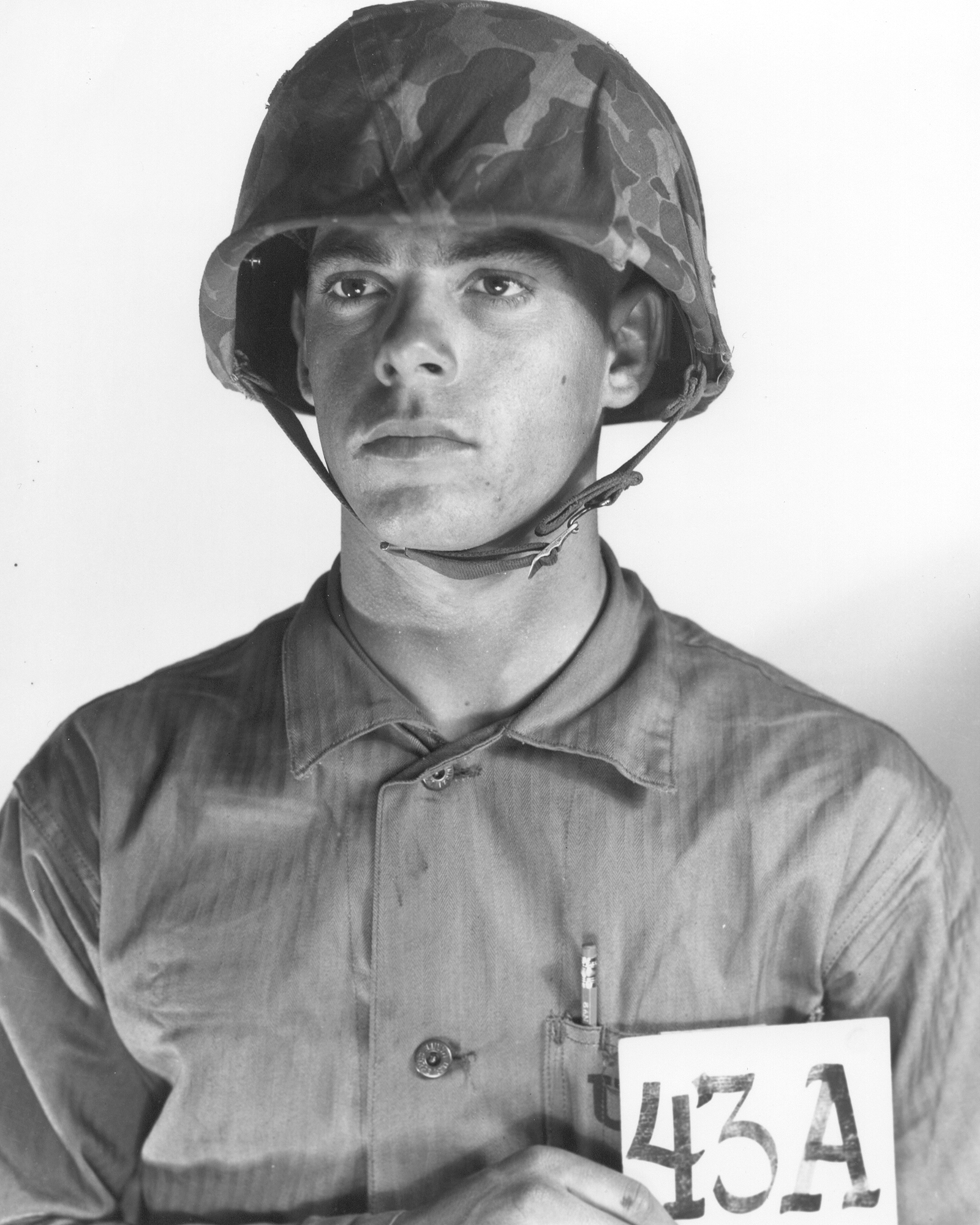The Iraq War, a protracted and multifaceted conflict, was marked by numerous engagements that shaped its trajectory and left a lasting impact on the region and the world. For those who deployed and saw combat during Operation Iraqi Freedom, the experience now feels like your memory changing channels from the regularly scheduled programming, only to switch back again equally unexpectedly. Knowing what happened accurately can help provide context to personal memories, making them just a little easier to handle.
The Battle of Nasiriyah (March 23-29, 2003)
This early battle secured a crucial bridge over the Euphrates River, opening a key supply route for the Coalition advance towards Baghdad. The battle also demonstrated the ferocity of Iraqi resistance, particularly from paramilitary Fedayeen Saddam forces, and highlighted the challenges of urban warfare. The tragic ambush of the 507th Maintenance Company, which resulted in the capture of PFC Jessica Lynch, underscored the complexities and dangers of the battlefield.
US Units Involved - US Marines from the 2nd Marine Expeditionary Brigade, including the 1st Battalion, 2nd Marines, and the 2nd Light Armored Reconnaissance Battalion. US Army units included the 3rd Infantry Division and elements of the 82nd Airborne Division.
The Battle of Baghdad (April 3-12, 2003)
The capture of Baghdad marked a decisive turning point in the initial invasion, effectively ending Saddam Hussein's regime. The swift advance of US forces, coupled with the collapse of Iraqi defenses, led to the toppling of Saddam's statue in Firdos Square, a symbolic moment that signaled the end of an era. The fall of Baghdad also marked the beginning of a new phase of the conflict – the insurgency.
US Units Involved - US Army's 3rd Infantry Division, 1st Marine Division, and elements of the 101st Airborne Division.
The First Battle of Fallujah (April 4-May 1, 2004)
This battle, sparked by the killing and mutilation of four Blackwater contractors, marked a significant escalation in the insurgency. The intense urban combat in Fallujah exposed the challenges of fighting a determined enemy in a densely populated city. The siege of the city and the heavy civilian casualties fueled anti-American sentiment and contributed to the growing insurgency.
US Units Involved - US Marines from the 1st Marine Expeditionary Force, including the 1st Marine Regiment and the 3rd Battalion, 4th Marines. US Army units included the 1st Infantry Division and elements of the 82nd Airborne Division.
The Second Battle of Fallujah (November 7-December 23, 2004)
Considered the bloodiest battle of the Iraq War, the Second Battle of Fallujah aimed to wrest control of the city from insurgents who had established a stronghold. The battle involved intense urban combat, with US forces employing heavy firepower and house-to-house fighting. While the US ultimately regained control of Fallujah, the battle resulted in significant casualties on both sides and further fueled resentment among the Iraqi population.
US Units Involved - US Marines from the I Marine Expeditionary Force, including the 1st Marine Division and the 3rd Marine Division. US Army units included the 1st Infantry Division and elements of the 82nd Airborne Division.
Operation Steel Curtain (November 5-22, 2005)
This joint US-Iraqi operation targeted the border town of Husaybah, a key transit point for foreign fighters entering Iraq from Syria. The operation aimed to disrupt insurgent networks and reduce the flow of foreign fighters fueling the insurgency. Operation Steel Curtain marked a significant step in the development of the Iraqi Security Forces, who played a major role in the operation alongside US forces. The operation also highlighted the challenges of securing Iraq's porous borders and the persistent threat of foreign fighters.
US Units Involved - US Marines from Regimental Combat Team 2, including the 2nd Battalion, 1st Marines, and the 3rd Battalion, 6th Marines. US Army units included the 3rd Armored Cavalry Regiment. Iraqi Army units also played a significant role.
The Battle of Sadr City (March 25-May 31, 2008)
This battle, fought against Shiite militia forces loyal to Muqtada al-Sadr in the sprawling Baghdad slum of Sadr City, demonstrated the evolving nature of the conflict. The US military, now focused on counterinsurgency operations, employed a more nuanced approach, combining military force with negotiations and efforts to win the support of the local population. The battle ultimately led to a ceasefire agreement and a reduction in violence in Sadr City.
US Units Involved: US Army units from the 2nd Stryker Cavalry Regiment, 3rd Infantry Division, and elements of the 4th Infantry Division. Iraqi Army units also participated in the operation.
Impact on the Overall Conflict
These battles, while just a snapshot of the many engagements fought during the Iraq War, highlight the complexities and challenges of the conflict. They demonstrate the evolution of the war, from the initial conventional invasion to the protracted insurgency and counterinsurgency operations. The battles also underscore the human cost of the war, with significant casualties suffered by both military personnel and Iraqi civilians.
The legacy of these battles continues to shape the political landscape of Iraq and the region more than a decade later. The rise of sectarian violence, the emergence of extremist groups like ISIS, and the ongoing instability in Iraq can all be traced back to the events of the war and the battles that defined it.



%201.svg)









